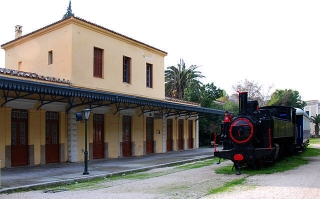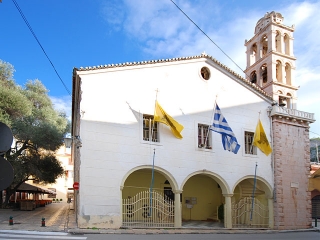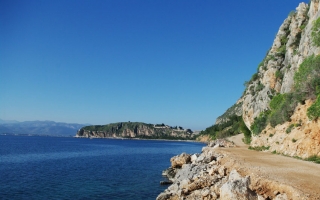
The Arvanitia walk
It is the locals' favorite walk along the steep cliffs of Acronafplia and the impressive walls of Palamidi. It ends at Arvanitia Square overlooking an organized beach.
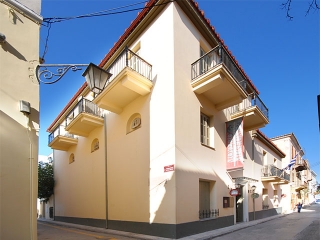
Peloponnesian Folklore Foundation
Founded in 1974, it received the European Museum of the Year Award in 1981. Its collection includes costumes, uniforms, jewelry and pottery. In the museum shop one can find exhibit copies, books, cds, posters, cards and other gifts.
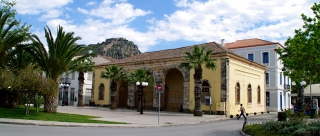
The Customs
It was built in the mid-19th century by architect Stamatios Kleanthis. It is simple, rectangular, with symmetrical entrances and windows according to the neo-classical style.
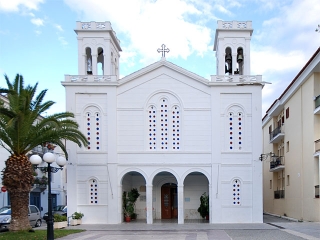
Church of St. Nikolaos
The church for the patron saint of sailors was founded in 1836 and is of Italian influence. The wooden iconostasis, the pulpit, the chandelier and the large icons date from 1848-1849.
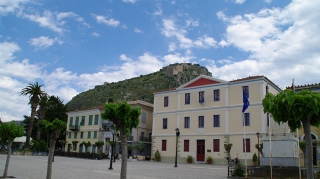
Trion Navarchon Square (Three Admirals Square)
It is dedicated to the three Admirals (Codrington, De Rigny and Heiden) who devastated the Turkish-Egyptian fleet in the sea-battle of Navarone in 1826. In the centre of the square is the burial monument of Demetrius Ypsilantis, one of the leading figures in the Greek Independence war. On the west side of the square is the bronze statue of Otto von Wittelsbach, the first king of Greece.
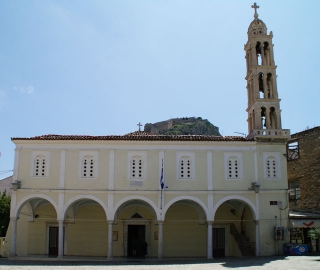
St. George’s Cathedral
Metropolitan Church of Aghios Georgios.
One of the oldest and most important churches in the city. Built at the beginning of the 16th century, it was converted into a mosque by Turks, into a church again by Venetians and during the 2nd Turkish Occupation it became a mosque once more. Since 1822 it is an Orthodox Church. The paintings in western style date from the beginning of the 18th century.
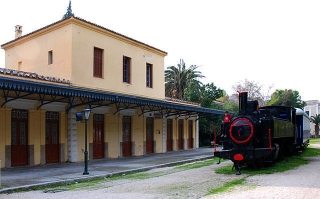
OSE Park
The old railway station of the city was constructed here in 1885 and was closed in 1963. Today within the park there is a rest area, a small open-air theatre and the Children's Museum with a shadow theatre.
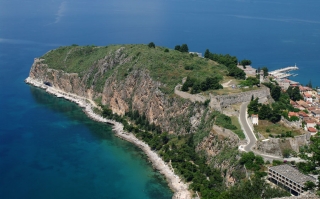
Acronafplia
Formed the walled settlement of Nafplio since ancient times and was given its final form by Franks and Venetians. In 1686 Venetians forbade the habitation in Acronafplia and transferred the population. In 1926 the notorious prison of Palamidi was relocated to Acronafplia and was finally demolished in 1970-71 to build Xenia Palace Hotel.
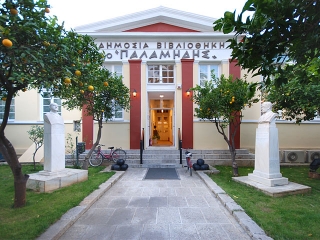
Public Library “Palamedes”
It was founded in 1951 and holds 70,000 volumes, the oldest dating from 1504. A lending library and a reading room are available.
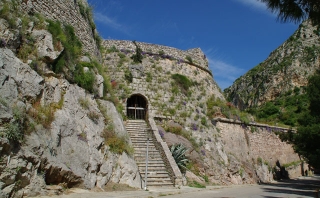
Grimani Bastion
It was built from 1702 until 1706 with large stones, it is four-sided and had four cannons. On the north-east wall is the relief of St. Marc's Lion, the emblem of Venice.

